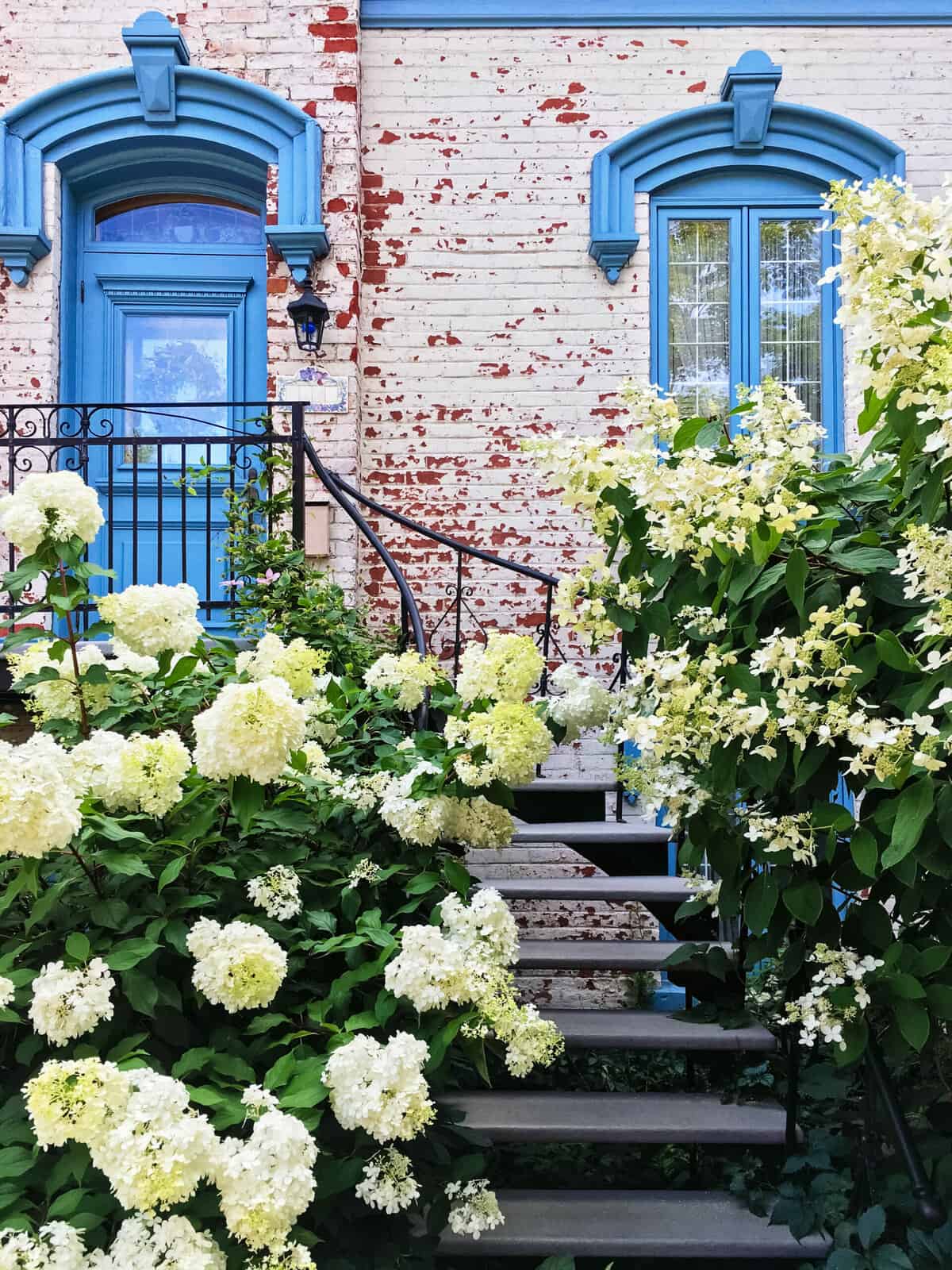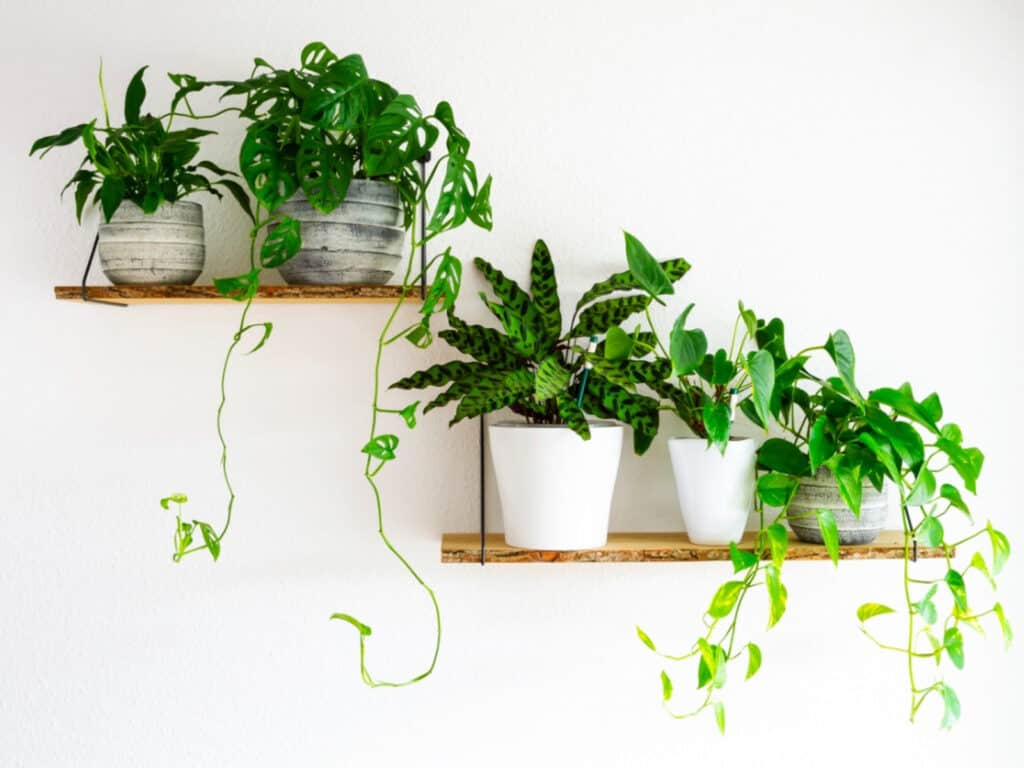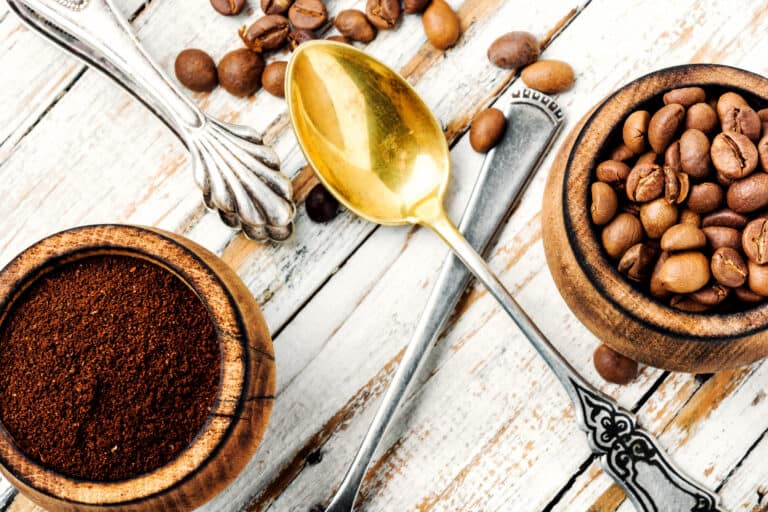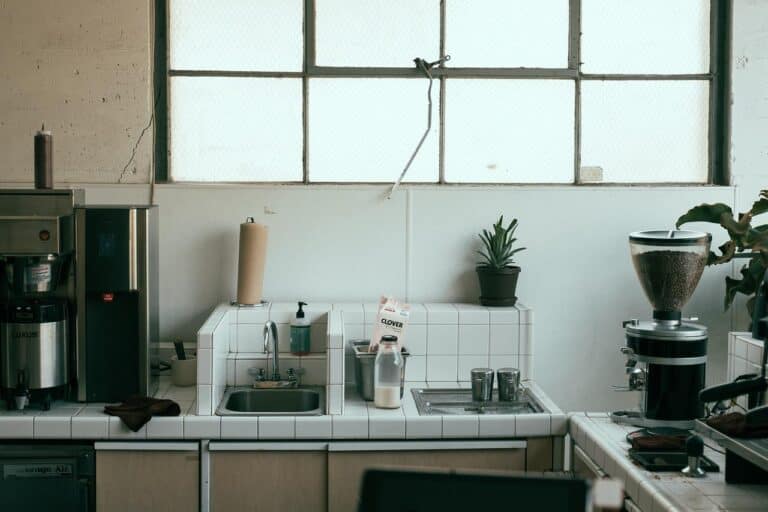are coffee grounds good for gardenias?

With spring just around the corner, it’s time to start thinking about planting some flowers. If you’re like many home gardeners, your flower bed will probably be filled with annual anderennials that only stay in bloom for a few weeks until they are harvested and replaced by new flowers.
That doesn’t mean you can’t have any kind of beautiful or fragrant plants in your yard! Just because annuals and perennials don’t usually live more than one season doesn’t mean you can’t grow them as houseplants if you have the right conditions.
Many houseplants need soil that is rich in organic matter and moisture to thrive, making them perfect for growing in containers or as potted plants.
And since many potted houseplants produce lovely flowers as well, it only stands to reason that they make excellent indoor flowering options too.
Grow Houseplants from Coffee Grounds
Coffee grounds are an excellent substrate for growing houseplants because they provide a good amount of moisture, bacteria, and organic matter to the soil.
If you want to grow a variety of beautiful plants in pots or containers, coffee grounds are a great option. While some people might be turned off by the idea of using coffee grounds in their garden beds, it’s actually a perfectly viable way to enrich your garden soil with nutrients.
Using coffee grounds as fertilizer means that you don’t have to worry about using too much chemical-based fertilizer on your plants, which is much better for the environment. Houseplants also thrive when grown in coffee grounds because they love all the organic matter and moisture that this easy-to-digest substrate provides them.
And since most houseplant care is minimal (unlike their outdoor counterparts), coffee grounds make an excellent choice for those looking to save time on watering and fertilizing their plants.

Grow Houseplants from Flowers
If you have some of your favorite flowers laying around, don’t throw them away! There are many ways to continue growing these flowers as houseplants.
One way is to use coffee grounds as a potting medium. Coffee gives plants an extra boost of nutrients that they need to thrive.
The grounds also help retain moisture and make the soil more porous so your plants can easily get the water they need from the soil itself without having to rely on you to water them up every day. The other option is to place your flowers in a jar with some potting soil and place it in a sunny spot where it gets enough light.
Watering only once or twice a week will keep the plant happy and healthy, giving you beautiful flowers all season long!

Care for Houseplants to Grow from Flowering Plants
If you want to grow flowers from houseplants, there are a few things you should keep in mind. Most plants need bright light and warm temperatures to thrive, so if your plant is located near a window you probably won’t be able to successfully grow them from houseplant.
Speaking of windows, it’s also important to make sure they’re not too close to the plant or they may cause the temperature in the area to drop significantly.
As with other plants, drainage is key for indoor flowers as well. You can prevent an overwatered plant by placing it on top of a saucer or mesh tray that will allow excess water to run off into the container and not collect in the soil.
One last thing – don’t overfeed your plant! Too much food can result in excessive humidity that can lead to root rot or mold problems.
Grow Houseplants From Their Leaves
If you’re looking for an easy way to add color and fragrance to your yard, consider growing houseplants from their leaves.
One of the easiest plants to start this way is a philodendron. This plant has large, shiny leaves that are perfect for making into cuttings or rooting. It will grow in low light conditions, which is a must if you plan to grow it indoors.
Aster is another good option since it produces showy flowers in just a few months! It also grows well when planted in low light conditions, so if you want an easy outdoor flowering option, this could be the ticket!
These three plants all have many options for how to propagate them; simply cut off a leaf with some good brown spots and let it sit out in the sun until the stem and roots develop.
Once you see tiny shoots coming up, place your cutting or cutting into moist potting soil and keep it at around 70 degrees Fahrenheit until new growth comes out of the soil.
Care For Your Houseplants While They Are Blooming
If you have a houseplant that blooms well, it’s important to keep them healthy while they are blooming. It’s also important to know when they are in their most vulnerable stages so you can take care of them accordingly.
Growers recommend watering and fertilizing plants only when the soil is dry to the touch and turning your plant regularly so that all sides will receive light.
And if you really want your plants to be healthy while they bloom, make sure you put them in a location where they’ll get plenty of natural sunlight as well as some indirect light from a window or other source.
This will help the plant produce flowers at their maximum potential.
Tips for Growing Flowering Houseplants Indoors
Grow flowers that bloom in early spring, like daffodils, narcissus, and tulips.
– It’s best to have a sunny window or a warm spot near an indoor light source for your houseplants. These will help them get enough light and also conserve energy.
– Water your flowers when the top inch of soil is moist but not wet, and avoid overwatering as this will cause root rot.
– Flowering plants need good airflow to stay healthy. Make sure your plant’s container has holes in the bottom so that it can be placed on a tray or saucer that holds water without spilling. A few rocks with air holes punched through them will also help keep humidity at bay and provide better airflow.
– Use potting mix made specifically for houseplants rather than garden soil if you want your plant to flower indoors instead of outdoors.

Conclusion
Houseplants are a great way to add some greenery and color to any room in the home. Not only do they bring a natural look, but they also bring a lot of love.
However, the plant’s needs are different in space. They need more lighting and water to grow. The best way to take care of your plants is to stick with the same plant for a few years to get used to its needs.
To grow houseplants from coffee grounds, start by placing them on a tray and leaving them out in the sun for about two days.
After that, place them in a dark and cool place. For houseplants that grow from flowers, place the flowers in fresh water and leave them on the counter near a window for about three days. After that, you can place them in a dark, cool place.
To care for houseplants while they are blooming, you need to ensure that their roots are moist but not wet.
You can do this by watering your plant about every two days or so.
To care for your plants when they are in full bloom, you want to make sure that they are getting light but not too much.
FAQs
What are the conditions necessary for growing houseplants?
While there is no set rule on what conditions are necessary for growing houseplants, it is important to have the right environment for them so they can thrive and produce healthy and attractive plantlets.
Houseplants generally do well in rooms that have moderate amounts of light and airflow; they need bright light, though, to stay green and fresh.
It is also important to have the right temperature, as houseplants prefer temperatures between 58°F and 80°F. If the temperature fluctuates too much in the winter or summer, you may need to provide some kind of supplemental heat.
The most commonly grown houseplants include ficus trees, hibiscus plants, and bonsai trees; however, there are many more types of plants that may also be suitable for your home. Here are some tips on how to grow them:
Ficus trees have wide leaf plates that resemble fern fronds. They need plenty of light but prefer filtered light so they won’t suffer from sunscald. Put them in a sunny window or plant them against a south-facing wall.
Water the tree regularly so it doesn’t get root rot, but don’t let it sit in water. Make sure the soil is evenly moist but not soggy, and fertilize once a month with a balanced liquid fertilizer diluted to half the recommended dosage for the size of your plant.
Hibiscus plants bloom in the summer months and resemble lily pads with leaves that are heart-shaped and glossy. Like ficus trees, they like filtered but not direct sunlight so put them near a shaded area on your porch or lanai, or place them where they can get indirect sunlight through a window during the day if you live in an eastern country like USA.
Water the plant regularly (once per week) with room temperature water; if you water too much you may end up getting root rot so make sure the soil is moist but not soggy.
You can feed hibiscus seedlings with liquid fertilizer once every two weeks after they grow a bit older (Do this even if you plan on feeding them with liquid fertilizer only).
What are the types of houseplants that are best for indoor use?
There are many kinds of houseplants that you can choose from. Some of the types of houseplants that are best for indoor use are:
1. Air plants – Air plants are perfect for any indoor space because they are so lightweight and don’t require much care. They make a great addition to any home office because they look chic and fresh, but also maintain some privacy.
2. Spider plant – Spider plants have tendrils made up of slender, threadlike roots that capture light and help the plant get nutrients from the soil. The plant itself is very low-maintenance and can be propagated from cuttings or by rooting stem cuttings in water.
3. Areca palm – Areca palms are small plants that can be kept indoors year-round in tropical areas. They don’t require much light and require little water if their humidity is maintained between 60 and 80 percent.
4. Peace Lily – Peace lilies grow tall and have large flowers that can last up to two weeks at a time.
The flowers last longer if they aren’t exposed to direct sunlight or extremely warm temperatures, so they make a great choice for someone who only wants to see them once a year.





Great post!